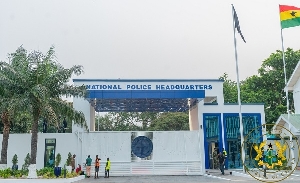Between 2011 and 2014, 700 million people became account holders at banks, other financial institutions, or mobile money service providers, and the number of “unbanked” individuals dropped 20 percent to 2 billion adults, says a new report released today.
“Access to financial services can serve as a bridge out of poverty. We have set a hugely ambitious goal – universal financial access by 2020 – and now we have evidence that we’re making major progress,” said World Bank Group President Jim Yong Kim.
“This effort will require many partners – credit card companies, banks, microcredit institutions, the United Nations, foundations, and community leaders. But we can do it, and the payoff will be millions of people lifted out of poverty.”
Between 2011 and 2014, the percentage of adults with an account increased from 51 percent to 62 percent, a trend driven by a 13 percentage point rise in account ownership in developing countries and the role of technology.
In particular, mobile money accounts in Sub-Saharan Africa are helping to rapidly expand and scale up access to financial services.
Along with these gains, data also show big opportunities for boosting financial inclusion among women and poor people.
The findings come in the latest edition of the Global Findex, the world’s most comprehensive gauge of progress on financial inclusion.
Financial inclusion, measured by the Global Findex as having an account that allows adults to store money and make and receive electronic payments, is critical to ending global poverty.
Studies show that broader access to, and participation in, the financial system can boost job creation, increase investments in education, and directly help poor people manage risk and absorb financial shocks.
The 2014 Findex found there is still more work to be done to expand financial inclusion among women and the poorest households. More than half of adults in the poorest 40 percent of households in developing countries were still without accounts in 2014. And the gender gap in account ownership is not significantly narrowing: In 2011, 47 percent of women and 54 percent of men had an account; in 2014, 58 percent of women had an account, compared to 65 percent of men.
Regionally, the gender gap is largest in South Asia, where 37 percent of women have an account compared to 55 percent of men (an 18 percentage point gap).
Business News of Sunday, 19 April 2015
Source: World Bank

















